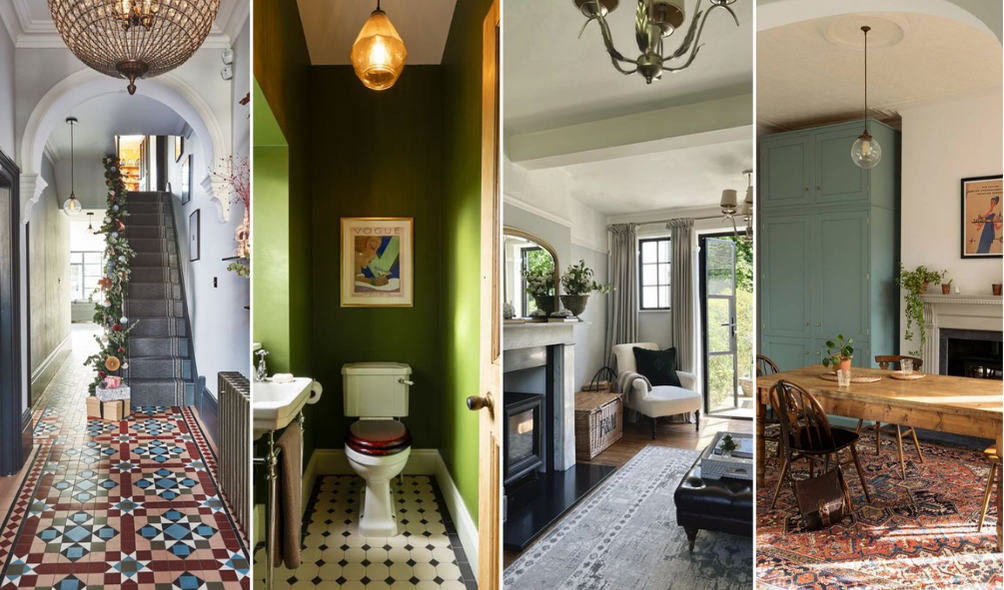
FAQ About Edwardian House Decor

What materials were commonly used for upholstery in Edwardian furniture?
Fabric: Various fabric materials were popular choices for upholstery during the Edwardian era. Fabrics were selected based on their durability, comfort, and suitability for the desired aesthetic. Some commonly used fabric materials included:
- Damask: Damask was a popular fabric choice for upholstery. It featured woven patterns, often floral or geometric, and had a luxurious appearance. Damask upholstery was commonly found on sofas, chairs, and other seating furniture.
- Brocade: Brocade fabrics featured raised patterns woven into the material, creating a textured and decorative surface. These fabrics were often used for upholstery on formal and elegant furniture pieces.
- Chintz: Chintz, a cotton fabric with a glazed finish, was commonly used for upholstery in Edwardian interiors. It often featured floral patterns and bright colors, contributing to a light and cheerful atmosphere.
- Velvet: Velvet upholstery added a touch of luxury and richness to Edwardian furniture. It was used for sofas, chairs, and other pieces where a sumptuous and tactile quality was desired.
- Silk: Silk upholstery was reserved for more luxurious and formal settings. It added a smooth and lustrous finish to furniture pieces, contributing to an opulent aesthetic.
Leather: Leather upholstery continued to be a popular choice for Edwardian furniture, especially in more masculine or traditional settings. Leather provided a durable and classic option for seating furniture, such as armchairs and occasional chairs.
Tapestry: Tapestry fabrics, often featuring intricate woven patterns or scenes, were used for upholstery on furniture during the Edwardian era. These fabrics added a decorative and storytelling element to pieces like sofas and chairs.
Muslin and Linen: Lighter and more casual fabrics such as muslin and linen were used for upholstery in more relaxed or informal settings. These fabrics were chosen for their breathability and suitability for light and airy interiors.
Embroidered Fabrics: Some upholstery featured embroidered fabrics, adding a personalized and handcrafted touch to furniture. Embroidery often included floral motifs, monograms, or other decorative elements.
Lace and Sheer Fabrics: Lace or sheer fabrics were used for decorative purposes on furniture, particularly on items like dressing tables or accent chairs. These fabrics allowed diffused light to pass through, contributing to a softer ambiance.
Tufted Upholstery: Tufted upholstery, where buttons or knots are used to create a pattern of depressions in the fabric, was a design feature seen in Edwardian furniture. This technique added a plush and luxurious texture to seating pieces like sofas and chairs.
Ticking: Ticking, a tightly woven cotton or linen fabric, was commonly used for upholstery on mattresses and bed frames. It provided durability and a clean, simple appearance.
